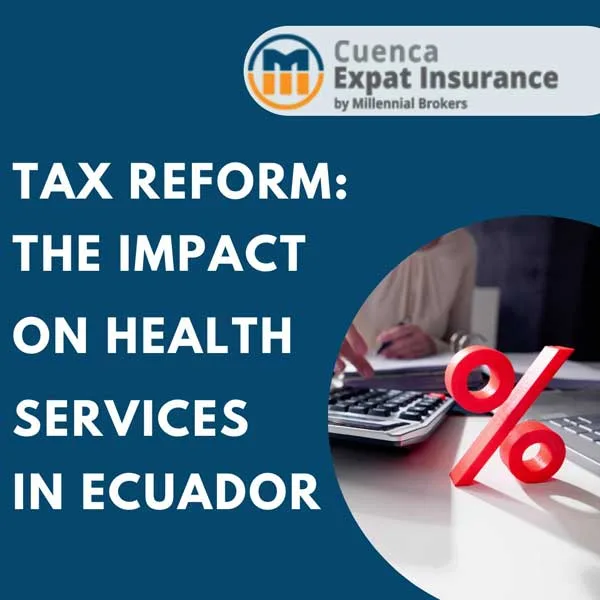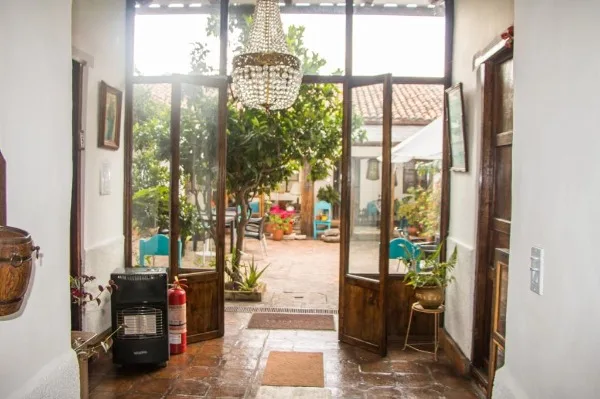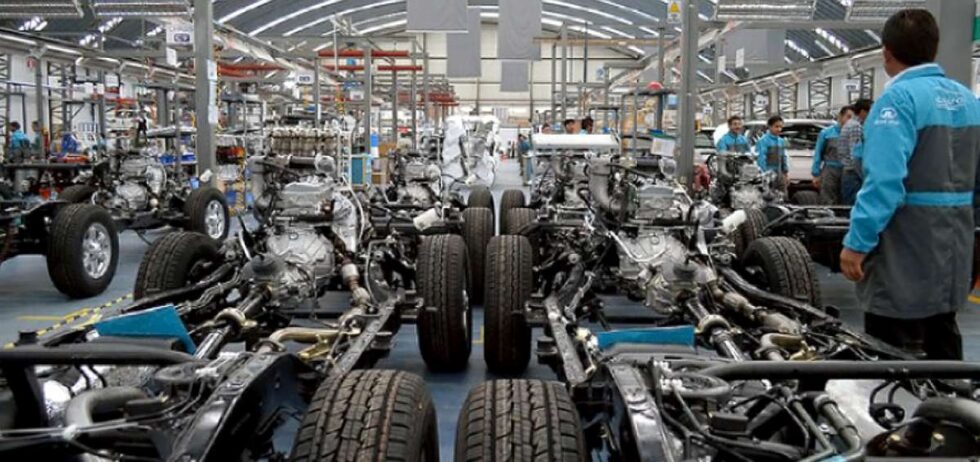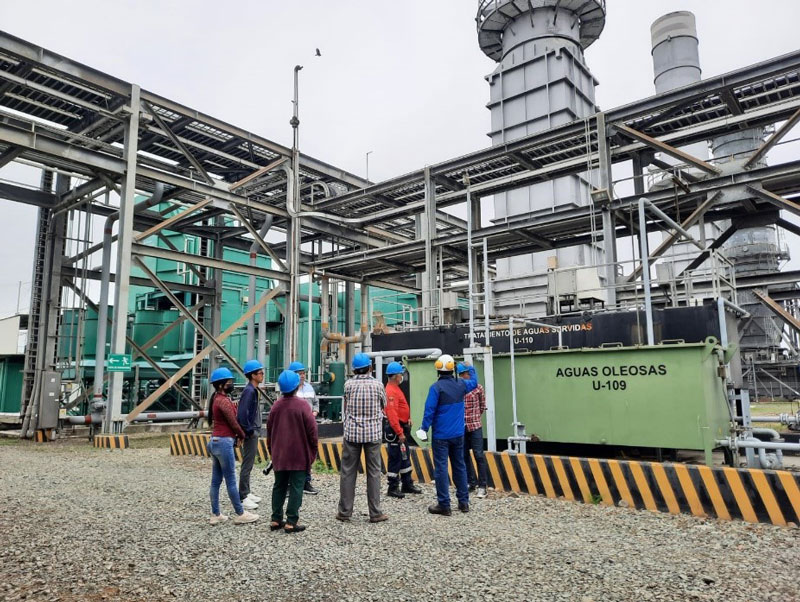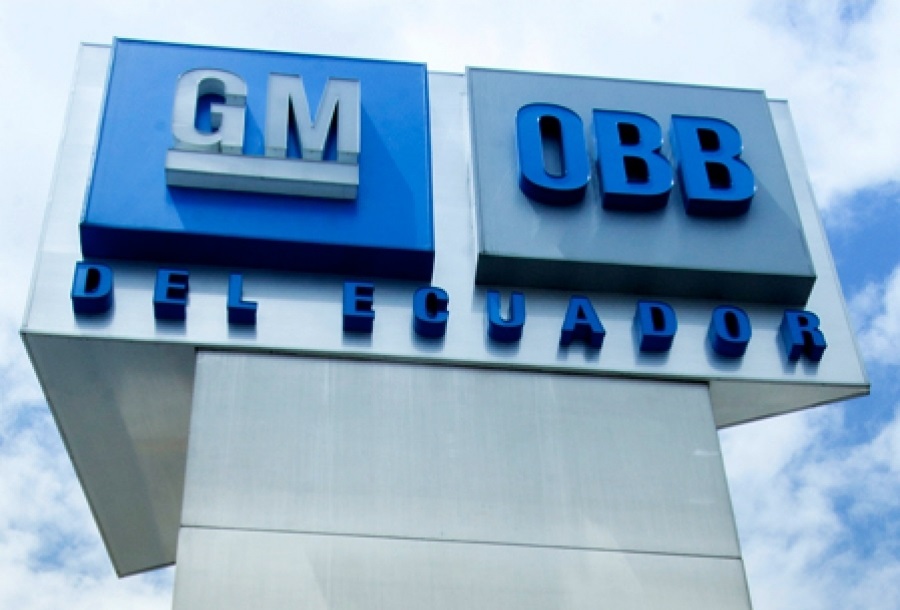Fundación Cordillera Tropical: Conserving biodiversity in the tropical Andes of Ecuador

Ecuador’s páramo is a fragile and vulnerable ecosystem.
By Pauline McKean
“I’ve seen how in every person, every human being, a calling to care for the Earth occurs when, privately, their being tells them ‘this you must do,'” says José Morquecho.
When José made his observation, he was busy planting trees during a reforestation project along the border of Sangay National Park. This project, designed to conserve at-risk park boundary areas as well as to improve the livelihoods of local farming communities in Sangay National Park, is just one of the ways that Cuenca-based conservation non-profit Fundación Cordillera Tropical (FCT) works to build bridges between society’s ever increasing consumption of natural resources and the urgency to protect remaining wild habitats and restore those that have been altered.
communities in Sangay National Park, is just one of the ways that Cuenca-based conservation non-profit Fundación Cordillera Tropical (FCT) works to build bridges between society’s ever increasing consumption of natural resources and the urgency to protect remaining wild habitats and restore those that have been altered.
But just how do you reconcile world views that prioritize the protection of forested lands with those that see these lands as resources for eking out a living? FCT evolved in response to these conservation challenges when Sangay National Park was expanded to include a large parcel of land that encompasses the mountainous region to the northeast of Cuenca called the Nudo del Azuay. While the 1992 expansion represented a marvelous conservation achievement, it also introduced a momentous challenge, namely, how to manage 80,000 hectares of the newly acquired park lands were already legally titled to agricultural cooperatives and individuals whose properties included vast pristine habitats waiting to be put to agricultural use.

Huangra community members at a community workshop organized by FCT.
Indeed, the principal driver of regional deforestation is the demand for more pasture for livestock. FCT maintains that there are effective ways to encourage or motivate, rather than mandate, landowners to engage in the conservation of these important wild habitats.
Home to surprising levels of biodiversity, these forested and páramo (high alpine grasslands) habitats are also critical to sustaining the livelihoods of rural and urban residents alike, providing water for consumption, hydroelectric power, and irrigation for agriculture. Indeed, watersheds in the Nudo del Azuay provide about 35% of Ecuador’s electricity needs. Equally important, both locally and globally, páramo soils function as “carbon sinks” having, over time, sequestered large stocks of this potent greenhouse gas.

The majestic Andean bear, a charismatic species that FCT works to protect.
As part of its efforts to protect these important lands, FCT’s diverse initiatives in the Nudo del Azuay include: reforestation projects, conservation agreements with landowners, camera trapping to study mammals like the Andean bear, a community-based guard program for Sangay National Park, local environmental education workshops, and numerous research and field studies.
Nonetheless, páramos and alpine forests are facing serious threats, including those from deforestation as human activity continually migrates to ever higher elevations. In addition, recognizing that most conservation gains are not only small but are also at risk of being reversed by the forces of development, political territoriality, mining, and demand for ever more public infrastructure, FCT is committed to creating partnerships that will benefit agricultural frontier residents while anchoring conservation gains for the future.
A promising partnership strategy to address these conservation challenges is FCT’s emphasis on establishing reforested bio-corridors along river systems. “When crops and pastures replace native forest or páramo, the original wild habitat is not only reduced in size, it becomes fragmented and isolated. And when species can no longer move—occupy new land, respond to environmental changes, secure nutrients, exchange genes—they perish,” explains Stuart White, President of FCT.

Agricultural land invades the native montane forest, moving progressively upslope.
Not only do forested corridors connect isolated habitats, allowing species to move, they also protect rivers and their hydrologic contributions, restore aquatic ecologies, produce firewood and food for the domestic livestock of riverine property owners, and provide a critical hedge against extinction, as species have new opportunities to migrate in concert with changing climates.
True to FCT’s mission to encourage farmers and rural residents to assume their vital role in biodiversity conservation, this new vison for bio-corridor programs introduces the participation and responsibility of local landowners in long-term monitoring. FCT-led training programs and support will create a local corps of “citizen scientists” who will share responsibility for gathering baseline and subsequent biodiversity data, as well as help care for the newly planted trees. These farmers effectively become partners with FCT as permanent conservation advocates within their communities. At the same time, they are empowered with agency over programs that will improve their agricultural practices and livelihoods.

Community members on their way to a reforestation site.
Given that Fundación Cordillera Tropical’s vision is an Ecuador, in its totality, reborn as a network of protected forests and páramos linked by bio corridors, the foundation is working to scale up the bio-corridors project to be a model that is replicable and viable country-wide. In its reforestation initiatives in the Nudo del Azuay, FCT has routinely utilized conservation agreements to engage owners in preserving their remaining wild habitats. In addition, FCT supports the efforts of other organizations dedicated to establishing a network of privately-owned reserves.

The FCT Riverine Project is creating wooded bio-corridors along rivers like this one.
Fundación Cordillera Tropical has had initial success in deploying its bio-corridor programs in the Nudo del Azuay. It is a testament to the effectiveness of this model that a wider adoption is actively being promoted. To accomplish this goal will require significant resources and will result in an even more extraordinary Ecuador. To get there, we need your help.
Please visit www.cordilleratropical.org to better understand all of FCT’s initiatives and the part you can play in ensuring a more sustainable and biodiverse Ecuador.








